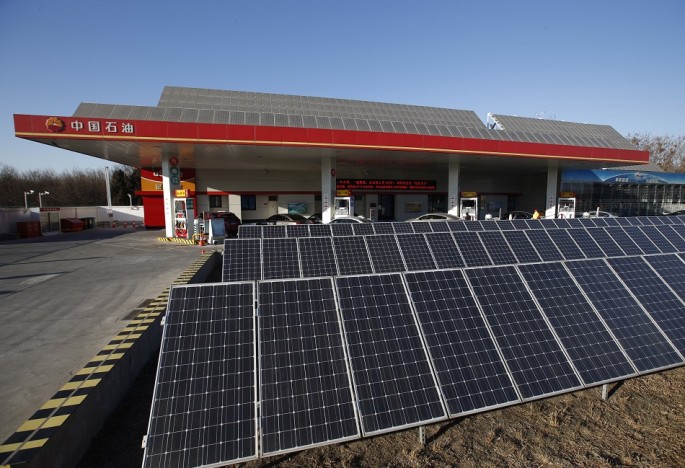Chinese scientists are deliberating about constructing a solar power station in space to dispel smog and cut greenhouse gases while addressing the energy crisis.
If realized, the power station will surpass the Apollo project and the International Space Station as the largest-ever space project.
The power station, to be positioned 36,000 kilometers above ground, would come in the form of a spacecraft on a geosynchronous orbit equipped with huge solar panels.
The electricity generated would be converted to microwaves or lasers and transmitted to a collector on Earth.
After devoting more than half a century to space technology research, Wang Xiji, an academician of the Chinese Academy of Sciences (CAS), said that an economically viable space power station would have solar panels occupying five to six square kilometers.
Wang says that while the production of ground-based solar plants fluctuates with night and day and the weather, a space-based generator can collect energy 99 percent of the time.
"Whoever obtains the technology first could occupy the future energy market," Wang said.
Duan Baoyan, a member of the Chinese Academy of Engineering (CAE), noted that space-based solar panels can generate 10 times as much electricity as ground-based panels per unit area.
Members of the CAS and CAE in 2010 suggested that China should build an experimental space solar power station by 2030 as preparatory to a commercially viable version by 2050.
Among the many huge hurdles are the creation of heavy-lift launch vehicle that can carry more than 10,000 tons, which is the weight of the solar power station.
Currently, only a few rockets can carry a payload of more than 100 tons to low Earth orbit.
Very thin and light solar panels with less than 200 grams per square meter should also be developed.



























